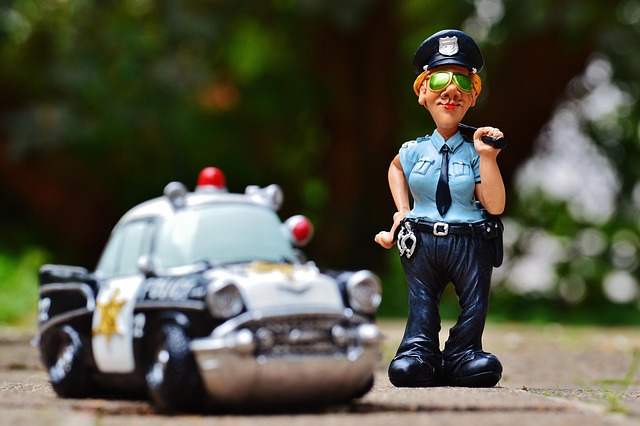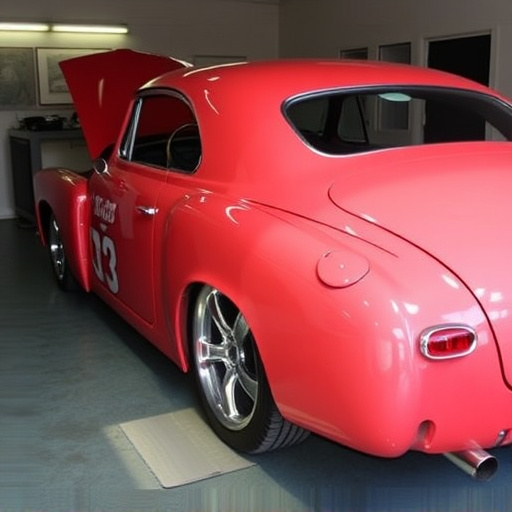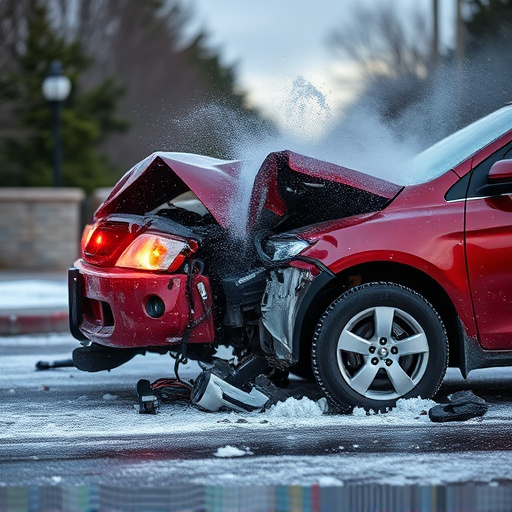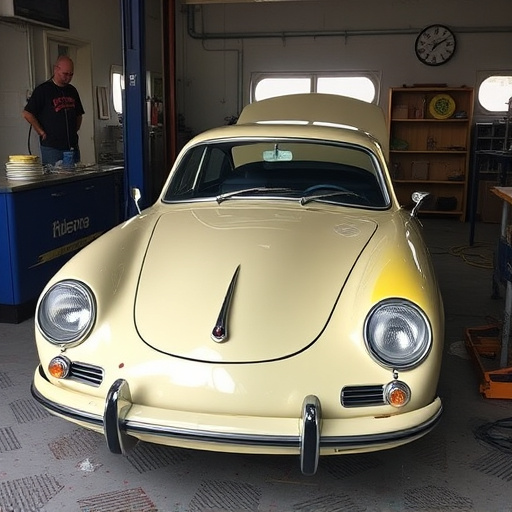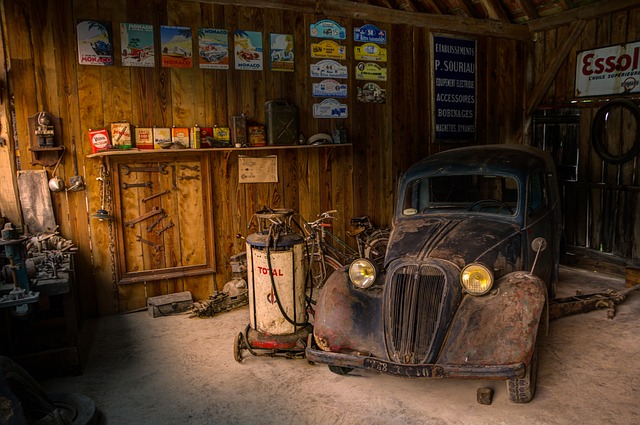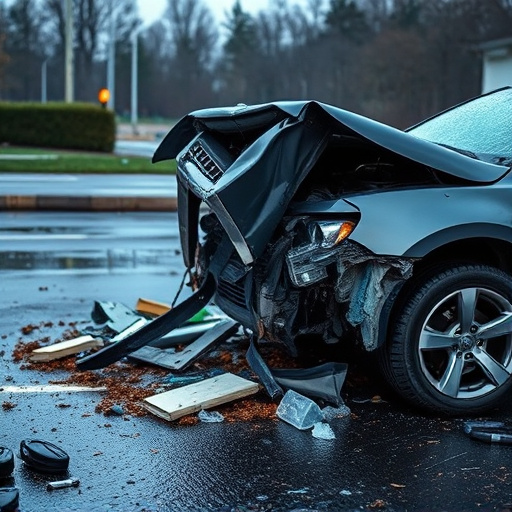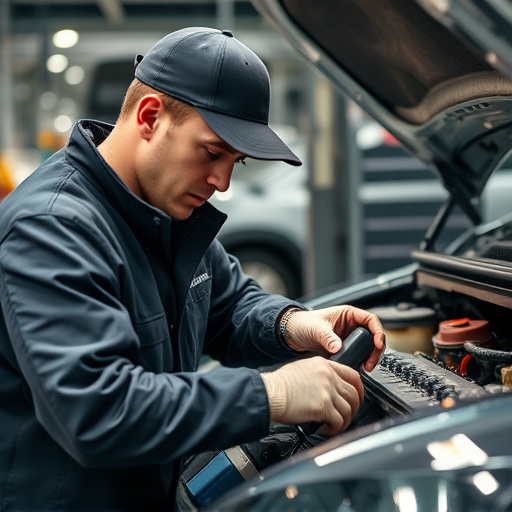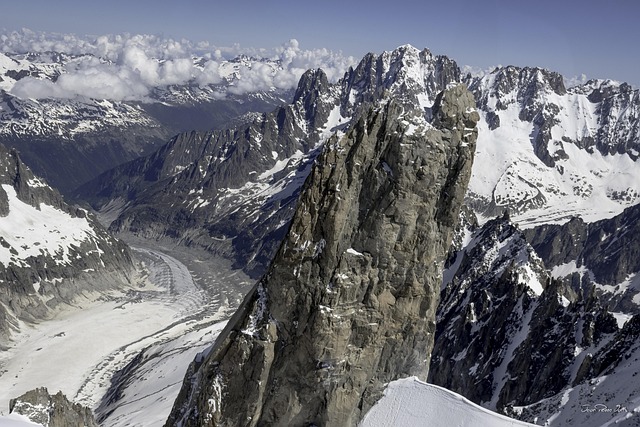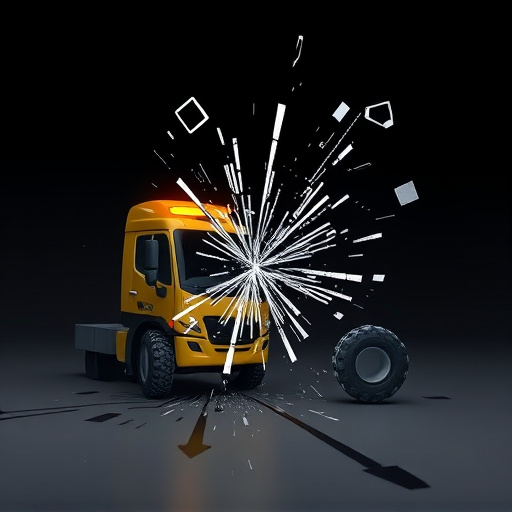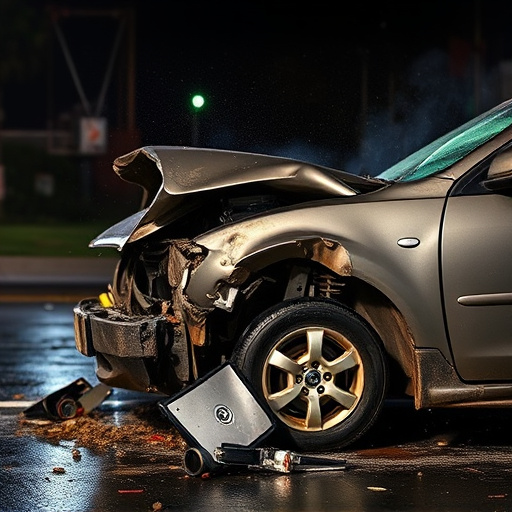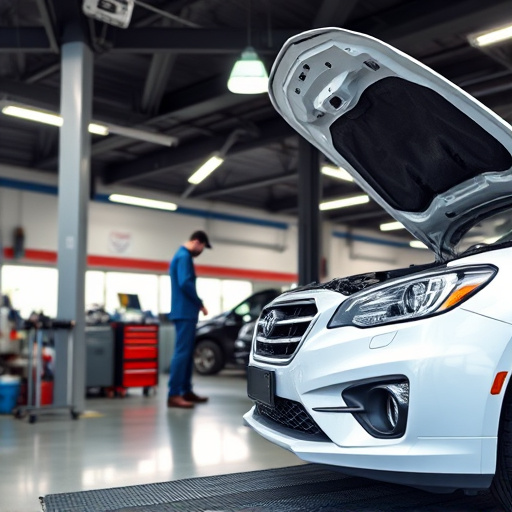Rear-wheel drive (RWD) systems, crucial for vehicle stability, rely on a driveshaft connecting transmission to rear axle. In case of rear-end collisions, specialized driveshaft collision repair is essential for RWD vehicles. Technicians use tools and computer analyses to inspect and replace damaged parts like cracks, breaks, or misalignments. Assessment, alignment, and replacement are key steps in restoring vehicle performance and safety after a collision, focusing on drivetrain components.
In the realm of automotive maintenance, driveshaft collision repair is a specialized art for rear-wheel drive (RWD) vehicles. When navigating the bustling road, accidents can leave significant damage, especially to these critical components. This comprehensive guide delves into the intricacies of RWD systems, teaching readers how to identify and assess driveshaft damage. Armed with this knowledge, we provide a step-by-step repair and replacement process, ensuring your vehicle returns to its robust, reliable state after a collision.
- Understanding Rear-Wheel Drive Systems
- Identifying and Assessing Driveshaft Damage
- Repairs and Replacement: A Step-by-Step Guide
Understanding Rear-Wheel Drive Systems

Rear-wheel drive (RWD) systems are a fundamental aspect of many vehicles’ design, offering enhanced handling and control on the road. This setup routes power from the engine to the rear wheels, enabling better traction and stability, especially during cornering. Vehicles like Mercedes Benz, renowned for their precision engineering, often feature RWD architectures. When it comes to driveshaft collision repair, understanding this system is crucial. A driveshaft, connecting the transmission to the rear axle, plays a vital role in maintaining power distribution and vehicle stability.
In the event of a collision, proper diagnosis and repair of RWD components are essential to ensure safe and efficient operation. Body shop services that specialize in frame straightening and driveshaft collision repair can accurately assess damage, replace affected parts, and restore the vehicle’s structural integrity. This meticulous process guarantees that the rear-wheel drive system functions optimally, providing drivers with the same level of control and performance they expect from their Mercedes Benz or similar RWD vehicles.
Identifying and Assessing Driveshaft Damage
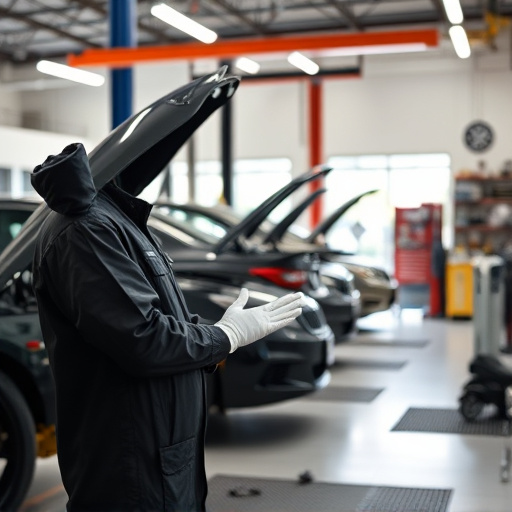
When a vehicle experiences a collision, especially from behind, assessing driveshaft damage is a critical step in driveshaft collision repair for rear-wheel drive cars. The impact can cause various issues, such as cracks, breaks, or misalignments, which may not be immediately apparent. Skilled technicians use specialized tools and their expertise to inspect the driveshaft thoroughly. They look for any visible signs of damage, including bends, cracks, or unusual wear patterns. Moreover, they might employ diagnostic scans to check for electronic issues related to the drivetrain.
In an auto body shop, the assessment goes beyond visual inspection. Auto repair services may include sophisticated computer analyses to determine if sensors or control modules require replacement. It’s crucial to address these components alongside driveshaft collision repair since they play a vital role in ensuring the vehicle operates safely and efficiently after repairs are completed, including services like auto glass replacement for any associated damage.
Repairs and Replacement: A Step-by-Step Guide
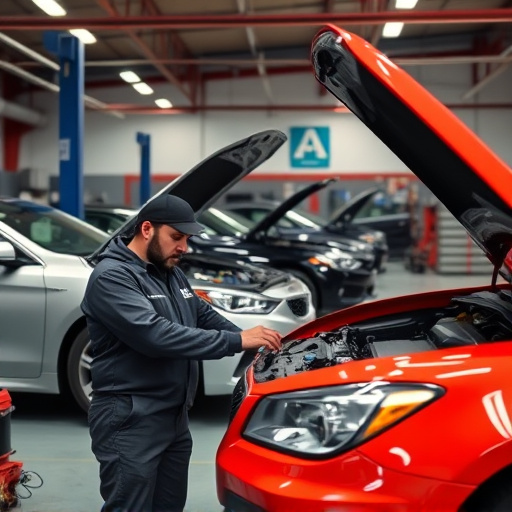
When dealing with a driveshaft collision repair for a rear-wheel-drive vehicle, understanding the process is key. The first step involves assessing the damage—inspecting the driveshaft, differential, and related components for any cracks, deformations, or signs of wear. If the damage is minimal, such as a bent axle or a slightly misaligned driveshaft, adjustments can often be made to realign and straighten these parts.
For more severe cases, where the driveshaft or differential is significantly damaged or needs replacement, it’s crucial to source high-quality parts. This could involve replacing the entire driveshaft assembly or just specific components like u-joints or coupling yokes. During installation, ensure all parts are properly aligned and fastened securely. Following these steps—assessing, aligning, and replacing—can help restore your rear-wheel-drive vehicle’s performance and safety after a collision, akin to fixing a car dent repair or removal, but with specialized focus on the drivetrain components.
Driveshaft collision repair is a specialized skill crucial for ensuring rear-wheel drive vehicles return to optimal performance after an accident. By understanding the intricacies of rear-wheel drive systems, identifying and assessing damage accurately, and following a structured repair guide, technicians can expertly restore these vehicles. This process not only enhances safety but also maintains the vehicle’s overall integrity and driving dynamics, making driveshaft collision repair a vital component in the automotive industry.
